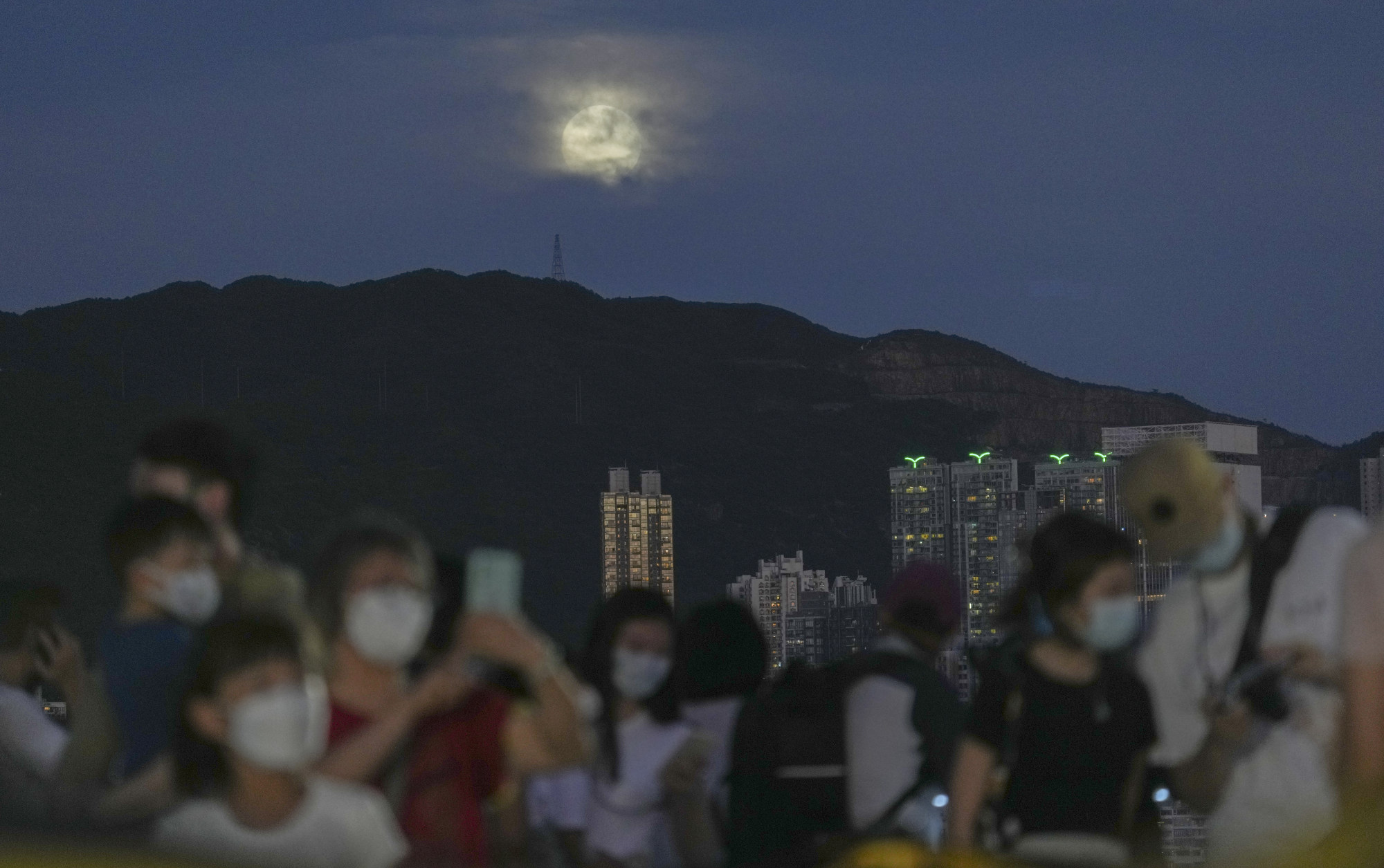
Explainer | How and where to see the super blue moon on Thursday – and why they are more common than you might think
- What is going on with the moon this month – and why are some calling it the super blue moon? A professor of astronomy reveals why August 2023 has two full moons
- He tells us where and when to look for the lunar phenomenon, why it appears larger than a regular full moon and what else to look for in the skies that night
No month is complete without a full moon, but just occasionally there are two.
When a full moon appears over Hong Kong on the evening of Thursday, August 31, it will be the second in the same month, and also the biggest and brightest of 2023. It will also be the only full moon of 2023 without a recognised name.
“As the moon’s orbital period around the Earth is 29.5 days, two full moons are possible in a normal month,” says Don Pollacco, professor of astronomy at the University of Warwick in the UK. Since the first full moon in August – the Super Sturgeon Moon – was on Wednesday, August 2, there is time for a second full moon to occur later the same month.

Its occurrence means there will be 13 full moons in 2023.
Although it officially turns 100 per cent lit by the Sun as seen from Earth at 9.36am Hong Kong time on Thursday, August 31, the super blue moon will become visible from the city only later that day, after it rises in the east at 7.07pm local time.

Furthermore, as well as being a quirk of the Gregorian calendar, it will also look about 15 per cent bigger and be 30 per cent brighter than an average full moon.
Since the moon orbits Earth in an ellipse, it has both a closest point (perigee) and a farthest point (apogee) each month, so it is always waxing and waning in size as well as phase.
The moon is noticeably larger only when the perigee coincides with a full moon. August’s second full moon will be the closest – and thus the biggest – full moon of the year.

Pollacco says: “When any full moon is rising it can look bigger than normal. This is partly due to the Earth’s atmosphere and also an optical illusion.”
Whether the slightly increased size and brightness are noticeable to all is doubtful.
In a phenomenon often called the “moon illusion”, the human brain tends to judge things as larger when seen alongside something else. In this case, it could be the skyscrapers and mountains it will rise behind and between.
As for how to view the supermoon, Pollacco says: “To see the full moon, look east after sunset – if you have a clear horizon it should be obvious.
“The moon is so bright that we can see it when it’s not particularly dark or even if the weather isn’t particularly clear.”
As a bonus, the planet Saturn will also be visible above and to the right of the full super blue moon.

